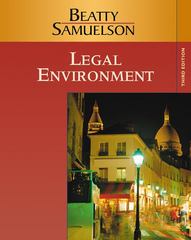Question
This question asks you to reconsider the doing-it-once environment that we studied in class (Example 1 and Example 2 from Topic 3d), except that we
This question asks you to reconsider the "doing-it-once" environment that we studied in class (Example 1 and Example 2 from Topic 3d), except that we now consider costs and rewards that do not rise monotonically. For both parts, suppose that you value rewards and costs linearly, and that you have , preferences with = 1/2 and = 1.
(a) Suppose there is an onerous task that you must complete on one of the next 6 days. If you complete the task on day t, the cost is ct, where (c1,c2,c3,c4,c5,c6) = (10,24,18,38,34,70). There is no reward.
(i) When is the best time to complete the task (given long-run preferences)? (ii) When do naifs complete the task? When do sophisticates complete the task? (iii) Discuss how the outcomes here compare to the outcomes in Example 1.
(b) Suppose there is a pleasurable task that you get to complete on one of the next 6 days. If you complete the task on day t, the reward is vt, where (v1,v2,v3,v4,v5,v6) = (6,10,8,18,34,30). There is no cost.
(i) When is the best time to complete the task (given long-run preferences)? (ii) When do naifs complete the task? When do sophisticates complete the task? (iii) Discuss how the outcomes here compare to the outcomes in Example 2
Step by Step Solution
There are 3 Steps involved in it
Step: 1

Get Instant Access to Expert-Tailored Solutions
See step-by-step solutions with expert insights and AI powered tools for academic success
Step: 2

Step: 3

Ace Your Homework with AI
Get the answers you need in no time with our AI-driven, step-by-step assistance
Get Started


